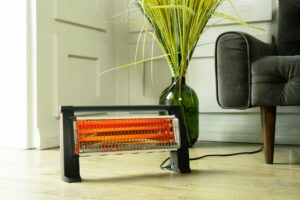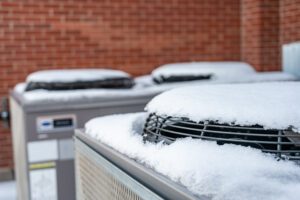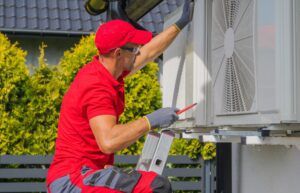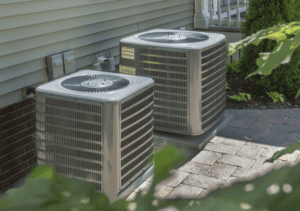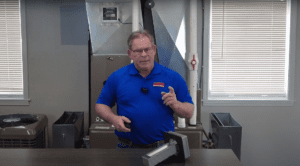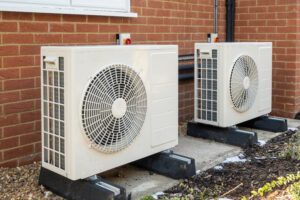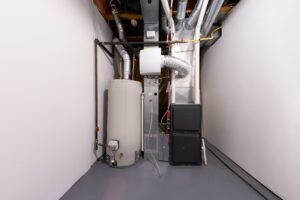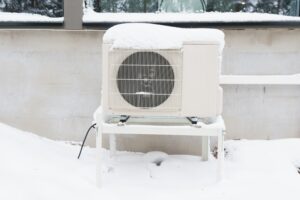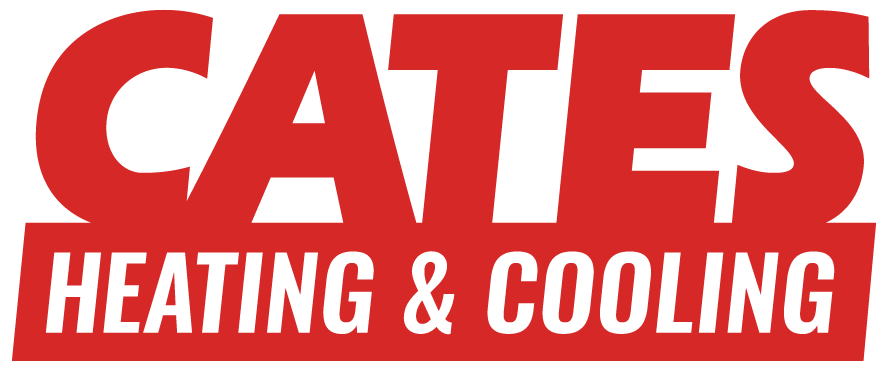There are numerous different kinds of furnaces, and they all tend to work a little differently than each other. Electric furnaces are unique machines, and Cates Heating and Cooling realizes that some people may not really understand how an electric furnace works to heat their home—especially in an area where gas furnaces are more common. So, we are here to explain it to you!
In some regions and under some conditions, electric furnaces are a better option than other furnace types. Electric furnaces work much like gas furnaces, except that they use electricity to produce heat instead of gas. This means that electric furnaces have electric heating elements instead of gas burners.
Electric furnaces act much like a hair dryer. They pull air into the system and through a heat exchanger. Once in the heat exchanger, electric heating elements will warm up the air. This warm air is then pushed by the blower into the ductwork in your home, which distributes the air into the rooms of your home.
These furnaces have three to six electric-resistance heating elements that are between 3.5 to 7 kW each. These heating elements work a lot like the heating elements in a toaster. Electrically charged particles move through the metal wires, which produces heat. Heating elements are made with long wires that are wound into coils and mounted inside the furnace.
Other important parts of an electric furnace include the contactor, sequencer, and transformer. The contactor controls the voltage to your furnace’s heating element. It works with your thermostat to tell your furnace to produce heat.
The sequencer turns your heating elements on and off. It helps to keep the current spike down. It doesn’t take much to energize your heating elements, so it important to have a sequencer that doesn’t allow all of the heating elements in the furnace to become energized at once, which could blow a breaker.
The transformer provides your electric furnace with power for the control circuits for the thermostat, contactors, and sequencers. It transfers the electrical energy from one circuit into another. Since there is more than one current flowing through your furnace, you need a transformer to allow the flow of current in your furnace to move smoothly to power your furnace.
Pros and Cons of Electric Furnaces
A benefit to using an electric furnace over the other fuel types is that electric furnaces don’t produce carbon monoxide. The lack of carbon monoxide production makes the system more environmentally friendly and easier to install. Installation is made simpler because a flue isn’t required to remove these gases from your home.
Electric furnaces are also 100 percent efficient, because all of the electricity used is put toward heating your home. With gas, a percentage of the energy used to produce heat is removed via the flue after combustion occurs. However, gas tends to cost less than electricity.
A major disadvantage to electric furnaces is the cost to run them. Electricity tends to be more expensive than gas in many regions. In some areas, electric furnaces are paired with heat pumps to allow for a greater savings in cost when compared to electricity alone.
For more information on electric furnaces, gives Cates Heating and Cooling a call at 913-888-4470. One of our technicians would be happy to provide you with a consultation to see if an electric furnace is right for your lifestyle and home.


